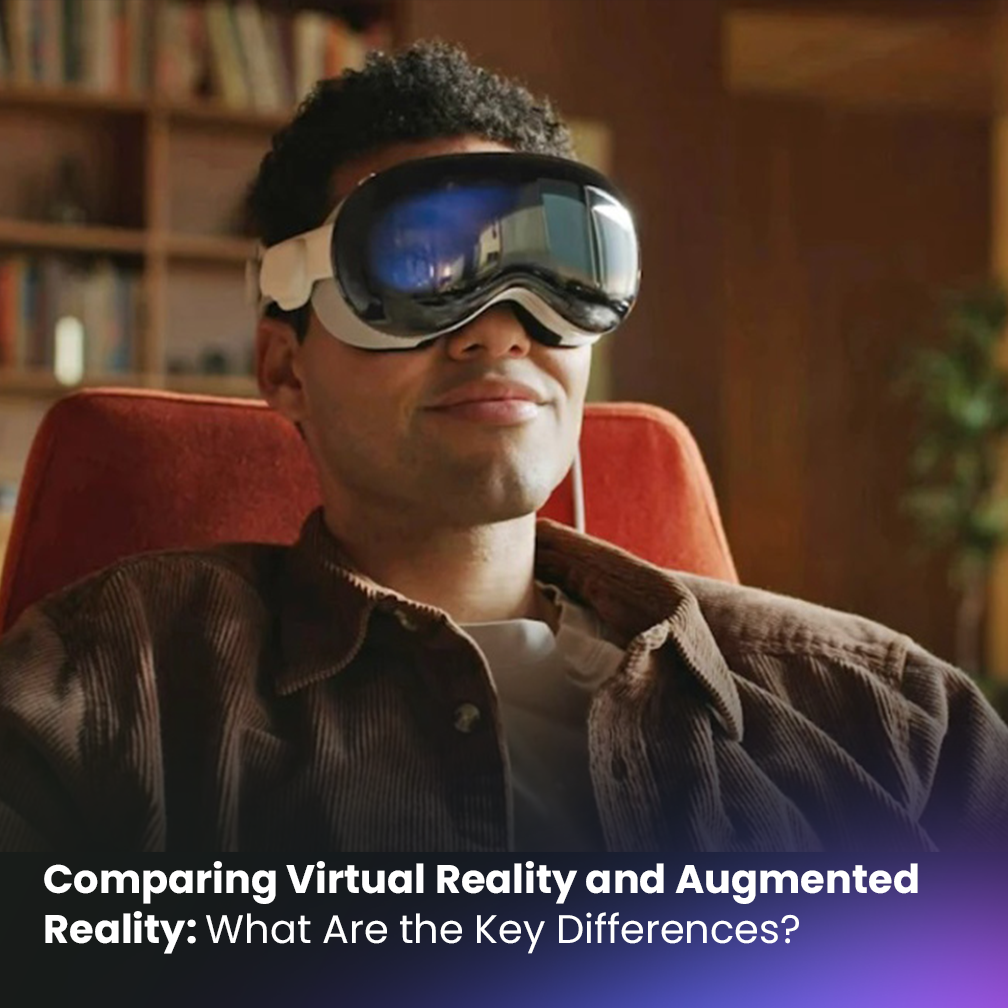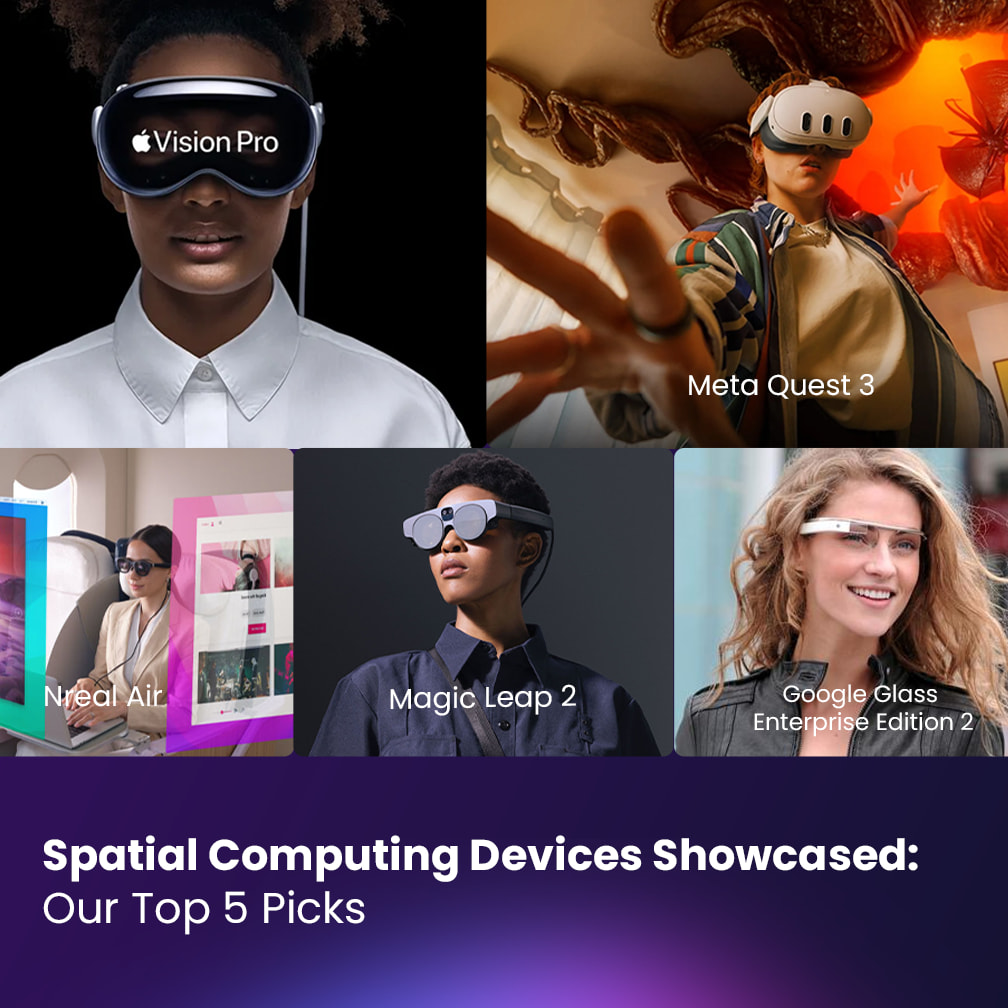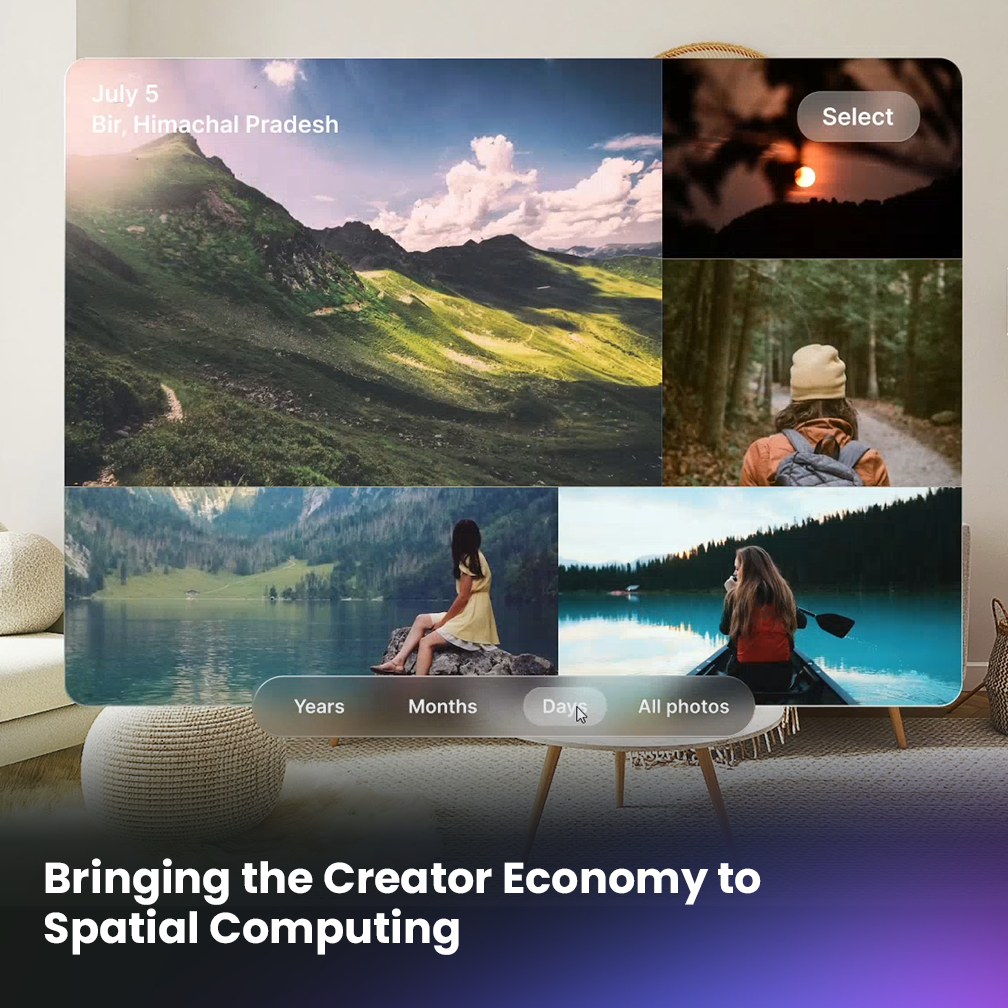Comparing Virtual Reality and Augmented Reality: What Are the Key Differences?

Spatial Computing is rapidly expanding with the emergence of virtual reality and augmented reality technologies.
Both of these innovative technologies have a variety of applications, yet they vary significantly in their implementation and capabilities.
Virtual reality is an artificial environment created with computer software that immerses users in a three-dimensional world they can interact with.
To better understand the differences between them, let’s take a closer look at each one.
Table of contents
- What is Virtual Reality?
- What is Augmented Reality?
- How do Virtual Reality and Augmented Reality differ?
- Key Takeaways
1. What is Virtual Reality?
Virtual Reality (VR) is an artificial environment created with computer software that immerses users in a three-dimensional world they can interact with. It typically involves the use of a headset, controllers, or other input devices to enable users to explore and experience this virtual world.
Popular applications for VR include gaming, education, healthcare, architecture, and engineering, among others.
2. What is Augmented Reality?
Augmented Reality (AR) uses computer software to create a digital overlay on top of real-world objects. This overlay can be used to display information such as text, images, and videos related to the physical object it’s augmenting.
Examples of AR applications include marketing, product development, remote collaboration, and education.
3. How Do Virtual Reality and Augmented Reality Differ?
The primary difference between VR and AR is the level of immersion they offer users. Virtual reality completely immerses users in a simulated environment while augmented reality displays digital information on top of real-world objects.
The way visual elements are developed also differs significantly between the two technologies. In virtual reality, developers create 3D landscapes and environments from scratch using computer software.
Augmented reality uses real-world images that can be enhanced with additional digital elements such as animations or text overlays to provide more context or information about a physical object or location.
Interactivity-wise, virtual reality offers far greater levels of interactivity than augmented reality. In VR, users can move freely around a simulated world and interact with various elements – often using controllers or other input devices.
However, in AR, interactivity is limited to viewing digital information that’s tied to the physical object or location being augmented.
4. Key Takeaways About Virtual Reality and Augmented Reality
Virtual reality and augmented reality both offer unique advantages for applications across industries.
While virtual reality provides fully immersive environments, augmented reality displays contextual information on top of real-world objects. Therefore, developers must consider the particulars of each technology when deciding which one to use for their project needs.
It’s also important to note that both virtual reality and augmented reality are continually evolving, with new updates and features being released on a regular basis. As such, it’s advisable for developers to stay up-to-date on the latest advancements in these technologies to ensure they continue to offer the best possible solutions for their projects.
From gaming, entertainment and marketing applications to healthcare, architecture and remote collaboration use cases – understanding the differences between virtual reality and augmented reality can help developers choose the right technology for their project needs. By leveraging both of these immersive technologies appropriately, they can create powerful experiences that drive engagement and provide unique value.
By leveraging virtual reality technology in the right way, businesses can provide customers with unique experiences they won’t find anywhere else and better engage with their audiences. In turn, this could result in increased customer loyalty, as well as improved sales and profitability for online retailers.
In conclusion, the future of virtual reality in online retail looks to be a bright one. With spatial computing platforms and other immersive technologies, businesses can create engaging experiences for their customers while also gaining access to a range of powerful marketing and educational opportunities – all from the comfort of their own homes.








